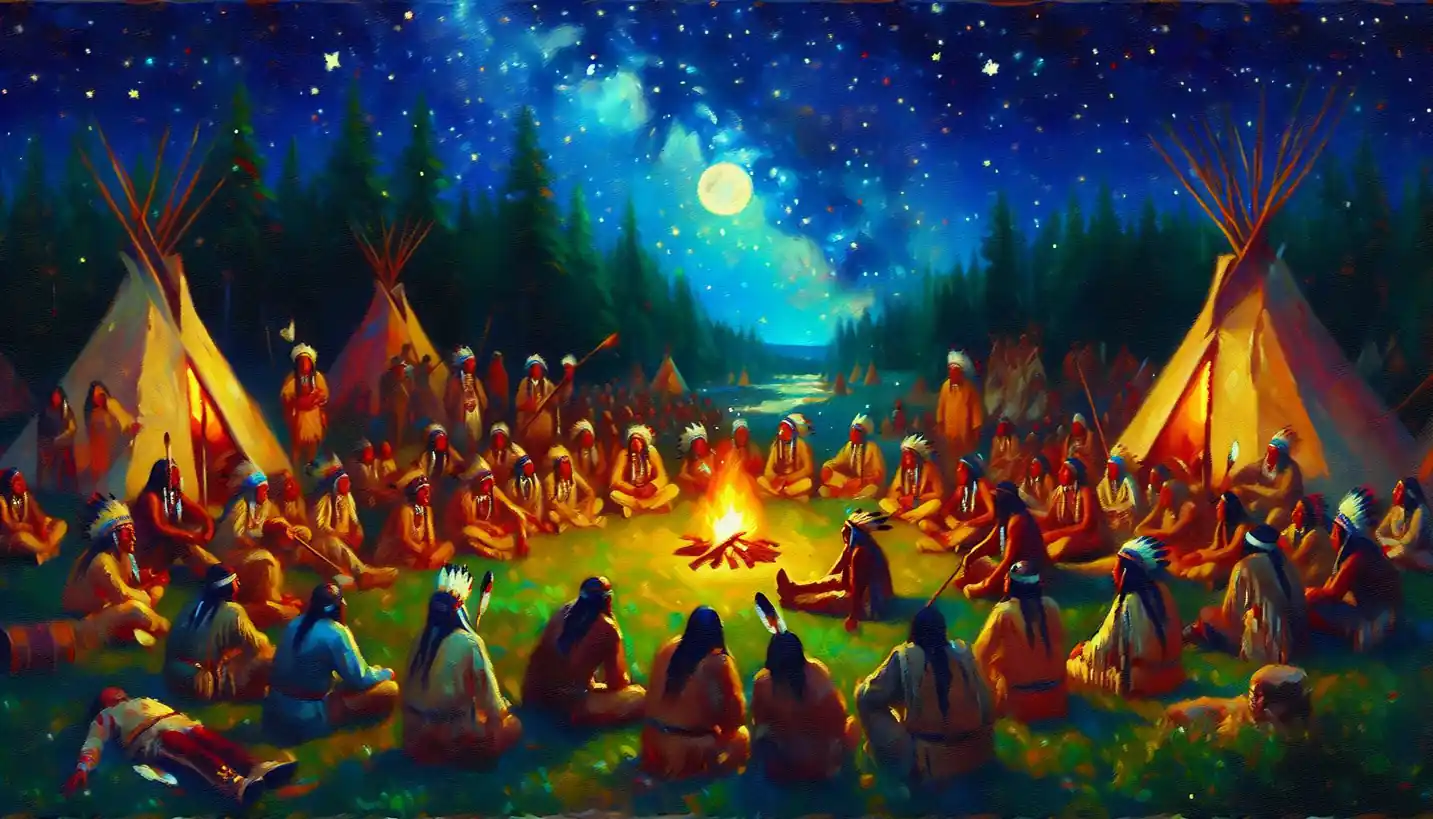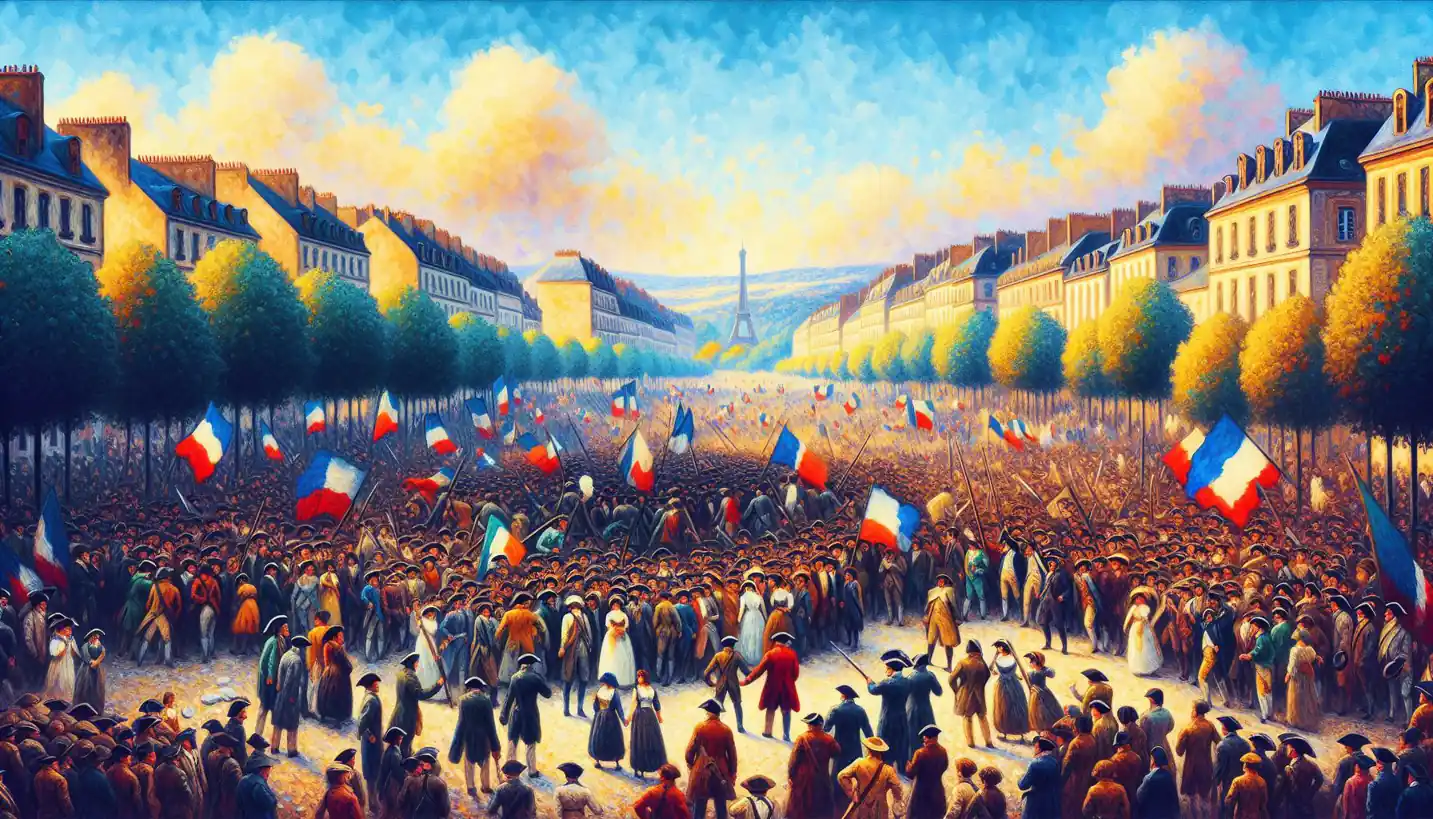· History · 4 min read
Cavalry: The Heroes of Early Military History and Their Legacy
Cavalry units were once the heroes of military history, renowned for their speed and impact. Uncover the legacy of these early forces on modern tactics.

In the world of military history, the role of the cavalry often feels like something straight out of an epic movie. Imagine galloping across open fields, the rhythmic pounding of hooves, and the aura of unstoppable power. The cavalry was not just about speed; it represented a tactical edge that shaped battles and the course of history itself.
Cavalry has its roots stretching back to ancient times. The moment people figured out that horses could be domesticated and ridden, everything changed. You had speed, you had power, and you had a new kind of warfare. The ancient Egyptians, Assyrians, and Persians were among the early adopters. By the time of Alexander the Great, the cavalry was a well-established powerhouse on the battlefield.
So, why were horses such a big deal in battle? Imagine being an infantry soldier, standing your ground, when suddenly a line of armored warriors on horseback comes charging towards you. Horses offered speed and height, letting soldiers see the battlefield from above and quickly move to critical points. They were like the ancient version of modern-day tanks – fast, heavily armored, and capable of breaking through enemy lines.
During the Middle Ages, knights in shining armor became synonymous with cavalry. These warriors were not just soldiers; they were aristocrats who underwent rigorous training from a young age. Their armor, weapons, and horses were expensive, making them an elite force. Chivalry, the knightly code of conduct, added a layer of romance and prestige to the imagery of mounted warriors. Jousting, seen often in medieval tournaments, was both a sport and a training ground for these battles.
However, the cavalry’s importance wasn’t just restricted to Europe. Across the steppes of Asia, the Mongol Empire under Genghis Khan displayed the pinnacle of cavalry tactics. Their highly mobile and disciplined forces overwhelmed armies many times their size. Unlike the heavily armored knights, Mongol horsemen prioritized speed and agility, often using strategic retreat and surprise attacks to their advantage. They revolutionized warfare with their unique approach, spreading their influence far and wide.
As firearms advanced, the role of cavalry started to change. The introduction of gunpowder meant that armies could no longer rely solely on the power of horses. However, instead of becoming obsolete, cavalry units adapted. They engaged in reconnaissance, raiding, and flanking maneuvers. In the Napoleonic Wars, cavalry charges still played crucial roles, but with more focus on timing and surprise rather than just raw power.
Fast forward to the 20th century, and the dawn of the First World War marked a significant turning point. The trench warfare and modern weapons transformed the battlefield into something cavalry couldn’t cope with. Tanks and mechanized vehicles took over, offering better protection and firepower. But the legacy of the cavalry endured. Even today, many armies retain ceremonial cavalry units, and the tactics developed by these mounted warriors continue to influence modern military strategies.
The evolution of the cavalry reflects broader changes in warfare and technology. It showed how human ingenuity adapted to find new ways to gain an edge over opponents. The spirit of the cavalry lives on in the swift, decisive actions that modern military forces strive to emulate.
In this light, the question arises: How will future technologies transform the battlefield? As we look to drones, artificial intelligence, and cyber warfare, it’s worth pondering whether the principles of mobility and the psychological edge first exemplified by the cavalry will find new expressions. The term “cavalry” may no longer mean troops on horseback, but its spirit of adaptability and swift action remains as relevant as ever.
Our fascination with cavalry reminds us that military history is filled with tales of innovation, bravery, and adaptation. These stories show us that the quest for advantage is a constant in human history, driving progress in ways we can only imagine.
By exploring the evolution of cavalry, we gain insight into how humanity has historically responded to the challenges of battle and seized opportunities for innovation – lessons that remain ever pertinent as we chart new frontiers in military technology.


